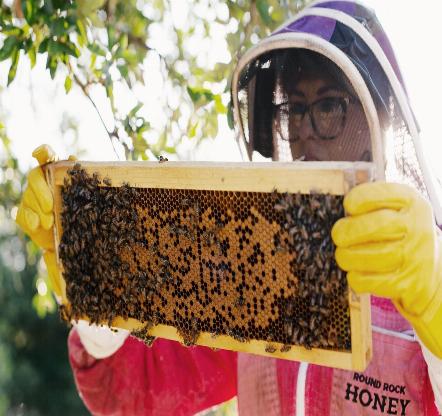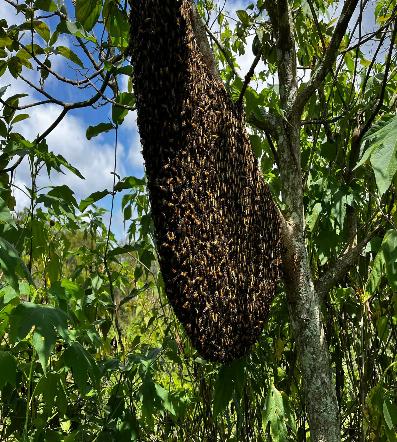Bee Keeping is a unique hobby/job to enjoy. A Bee Keeper raises bees for pollination and honey services. It requires knowledge of bees and how they thrive in order to be successive. If you’ve never before kept bees, you may wish to take a class on bee keeping or learn from another beekeeper. You’ll need the proper protective equipment, including a bee suit.
The bee suit covers the body to protect it from being stung. It has a netting that covers the face. The rest of the head is covered with a hat that will protect your scalp and ears from being stung. The main part of the bee suit covers the rest of the body, protecting it from stings. Not all bee suits are created equal, so you’ll want to ensure you get the right size and quality for the particular types of bees you’re raising.
Bee hives require proper care and nurturing to provide you with honey. Most beekeepers place their bees out of the normal mainstream of business in order to keep people from wandering too close. Orchards, large-scale gardens, and farms are ideal locations to keep bees.
The hives must be checked regularly to ensure that the bees are healthy and making honey. Bees don’t require a lot of care; however, they need to have a source of pollen, such as flowers or other plants, that will provide the pollen required to nurture the hive. They also require a water source.
Beekeepers often form relationships with local farmers in order to place bees on the farmer’s property. In exchange, the farmer will receive honey at the end of the season. Most bee hives in northern regions are out from early to mid-May through early to late October. This is the warmest time of the year, and bees tend to thrive during this time.
Beginning Bee Keeping is learned through courses, classes, workshops, or from another beekeeper. It’s wise to invest the time in learning proper care and maintenance before embarking on raising bees. Courses are usually available through agricultural departments and local exchanges.
At the end of the season, the honey is harvested either with special brushes that scrape the honey off of the hives or a machine that they use to place the honeycomb into and extract the honey. Once extracted, the honey can be placed into bottles, jars, bears, or other containers for sale or to give away.
Bees are an important part of the ecosystem. Without bees, you’d have to hand-pollute orchards and gardens to ensure the quality growth of plants. Many people are afraid of bees. Learning proper handling of bees can go far in helping to prevent being stung.
Proper equipment, including a proper bee suit, will greatly reduce the risk of being stung. It requires dedication, continued education, and management skills. Connecting with other beekeepers or associations is a great way to continue learning and managing bee hives. Whether you start with one hive or twenty hives, bees are fascinating.

